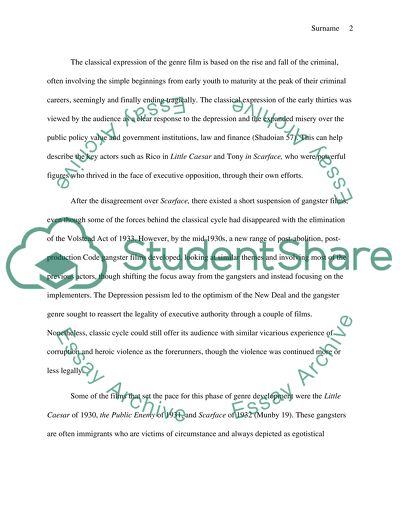Cite this document
(“American Gangster Film Essay Example | Topics and Well Written Essays - 1500 words”, n.d.)
Retrieved from https://studentshare.org/philosophy/1462658-american-gangster-film
Retrieved from https://studentshare.org/philosophy/1462658-american-gangster-film
(American Gangster Film Essay Example | Topics and Well Written Essays - 1500 Words)
https://studentshare.org/philosophy/1462658-american-gangster-film.
https://studentshare.org/philosophy/1462658-american-gangster-film.
“American Gangster Film Essay Example | Topics and Well Written Essays - 1500 Words”, n.d. https://studentshare.org/philosophy/1462658-american-gangster-film.


